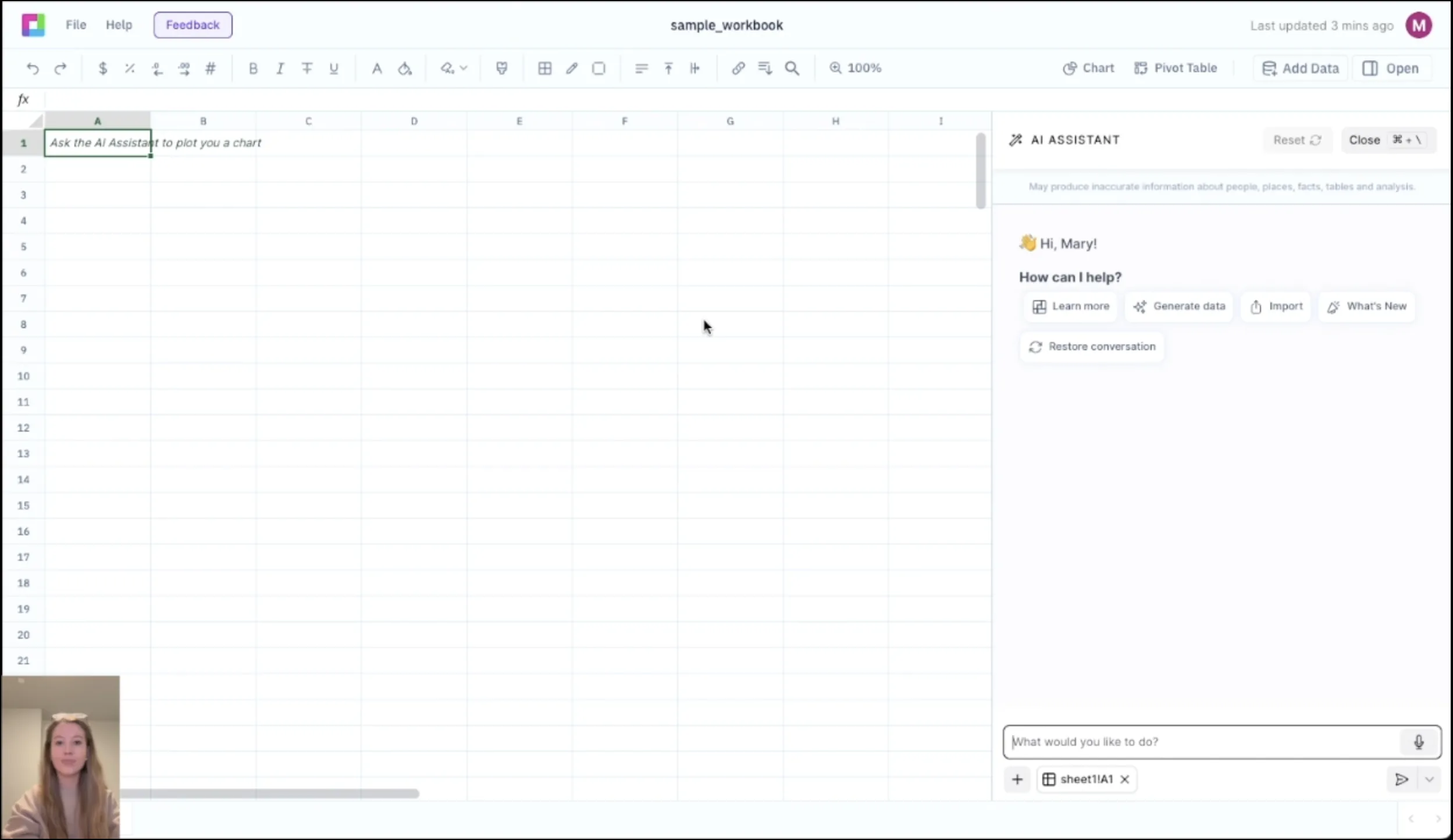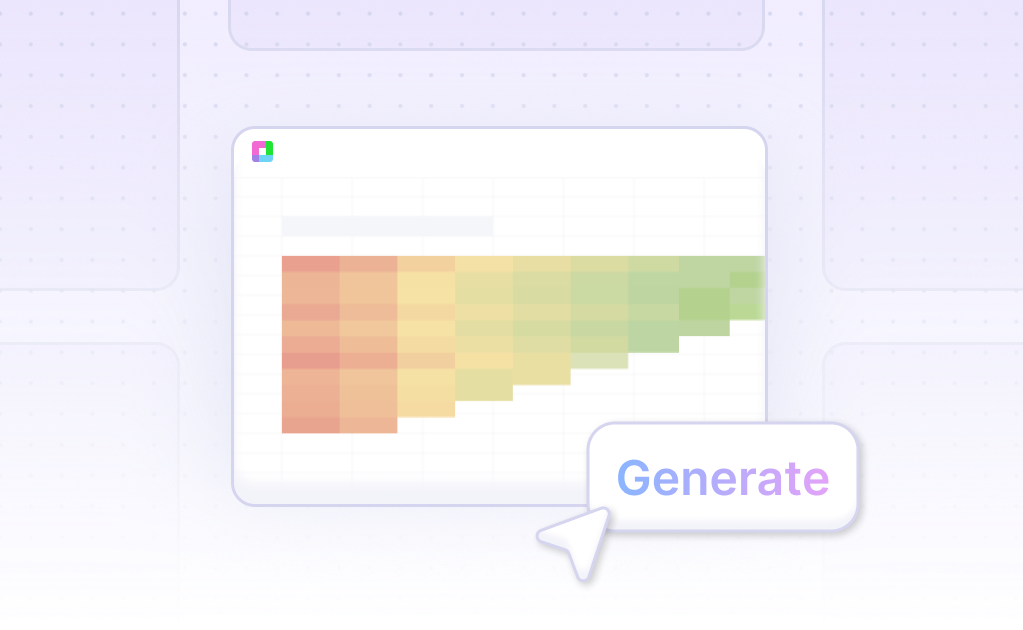
Master Trading Latency with Professional Performance Analysis
Latency analysis is critical for high-frequency trading operations where microseconds can determine profitability. Our Latency Analysis template provides comprehensive tools to measure, analyze, and optimize trading latency across the entire execution chain with institutional-quality analytics.
From latency measurement to performance optimization, minimize execution delays. Built for HFT firms, quantitative trading desks, and technology teams, this template helps you analyze latency components, identify bottlenecks, and optimize trading performance.
Comprehensive Latency Measurement Framework
End-to-End Latency Analysis
Measure end-to-end latency from signal generation to order execution with detailed breakdowns by component. Track latency across different time periods and market conditions.
Network & Infrastructure Latency
Analyze network latency, connectivity delays, and infrastructure bottlenecks. Monitor latency to different exchanges, data centers, and trading venues.
System & Application Latency
Measure system latency including application processing, database queries, and computational delays. Analyze latency distribution and identify performance outliers.
Market Data & Feed Latency
Track market data latency with feed delays, processing times, and data normalization overhead. Monitor latency across different data providers and market centers.
Latency Optimization & Performance Enhancement
Bottleneck Identification
Identify latency bottlenecks with component analysis, performance profiling, and statistical analysis. Prioritize optimization efforts based on impact and feasibility.
Performance Benchmarking
Benchmark latency performance against industry standards, competitor analysis, and historical baselines. Track performance improvements and regression analysis.
Optimization Strategy Development
Develop optimization strategies including hardware upgrades, software improvements, and network enhancements. Model expected latency improvements and cost-benefit analysis.
Real-Time Monitoring & Alerts
Implement real-time latency monitoring with threshold alerts and escalation procedures. Track latency SLAs and performance degradation indicators.
Frequently Asked Questions
How does it measure end-to-end latency?
The template measures end-to-end latency from signal generation to order execution with detailed component breakdowns. It tracks latency across different time periods and market conditions.
Can it identify latency bottlenecks?
Yes, the template identifies latency bottlenecks with component analysis, performance profiling, and statistical analysis. It prioritizes optimization efforts based on impact and feasibility.
How does it handle network latency analysis?
The template analyzes network latency, connectivity delays, and infrastructure bottlenecks. It monitors latency to different exchanges, data centers, and trading venues.
Does it include performance benchmarking?
The template includes performance benchmarking against industry standards, competitor analysis, and historical baselines. It tracks performance improvements and regression analysis.
How does it support optimization strategies?
The template develops optimization strategies including hardware upgrades, software improvements, and network enhancements. It models expected improvements and cost-benefit analysis.
Related High-Frequency Trading Tools
Connect your most-used data sources and tools to Sourcetable for seamless analysis.
Frequently Asked Questions
If you question is not covered here, you can contact our team.
Contact Us





